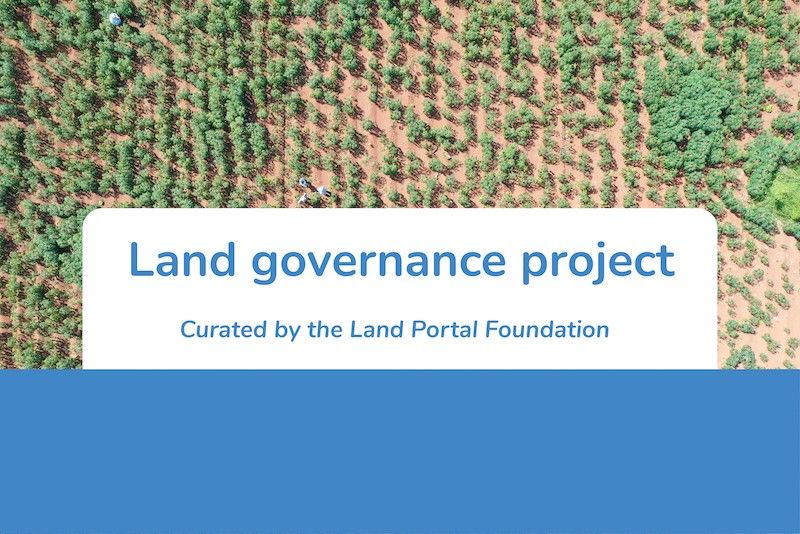Community / Land projects / Facilitating agrobiodiversity (ABD) conservation and sustainable use to promote food and nutritional resilienc
Facilitating agrobiodiversity (ABD) conservation and sustainable use to promote food and nutritional resilienc

€1513189.097
06/22 - 11/25
Actif
This project is part of
Implementing Organisations
Donors
Data Providers
Objectives
Conservation, sustainable use and securing of the national and globally significant agrobiodiversity and the associated knowledge and cultural aspects of traditional agro-ecosystems of Tajikistan.
Other
Note: Disbursement data provided is cumulative and covers disbursement made by the project Agency.
Target Groups
Tajikistan is at the heart of one of eight global Centres of Crop Diversity[1] and as such has a wealth of crop landrace and Crop Wild Relative importance that is global as well as national importance in sustaining food security and human wellbeing. Such diversity is increasingly threatened from environment change and land management intensification globally[2] and specifically in Tajikistan[3] and therefore, active conservation will also have global and national benefits. The conservation value of Tajik agrobiodiversity is significant and provides many essential ecosystem services, such as wildlife habitats and recreational, opportunities but the core benefit is to underpinning provisioning services through sustaining crop improvement and promoting diversification. The scenic, cultural and historic value of the Tajik environment is not only economic, but the quality of life benefits cherished by the people of Tajikistan. The Global Environmental Benefits (GEBs) that will result from GEF’s biodiversity financing and project implementation will include: Conservation of globally significant biodiversity; and Sustainable use of the components of globally significant biodiversity. The project will also: · Promote gender equalities in terms of men’s and women’s participation in decision making and/or their differential access to productive resources, services and markets including 2,370 (1,185 men and 1,185 women) direct beneficiaries · Promote the sustainable use of GR and neglected species · Promote the on-farm conservation of landraces and the active conservations of CWR · Improve the access to Gene bank material to farmers, breeder and researchers · Add at least 400 seed accessions of 30 crops and 200 CWR established in seed bank and 400 LR and 100 CWR accessions characterized and evaluated · Strengthen the national technical capacity in sustainable use of agrobiodiversity · Support new business models for biodiversity products including new microfinancing lines for farmers allowing them to new and innovative business models · Generate and improve knowledge on traditional crop landrace and crop wild relative diversity · Promote traditional and local knowledge [1] Vavilov, N.I., 1926. Tzentry proiskhozhdeniya kulturnykhrastenii. [The centres of origin of cultivated plants]. Works of Applied Botany and Plant Breeding, 16(2), 248 P: [Russian, English]. [2] FAO, (2010). Second report on the State of the World’s Plant Genetic Resources for Food and Agriculture. Food and Agriculture Organization of the United Nations, Rome, Italy. Available online: http://www.fao.org/agriculture/seed/sow2/en/ [Accessed 25 July 2013]. [3] FAO, 2008. State of Plant Genetic Resources for Food and Agriculture in the Republic of Tajikistan.



